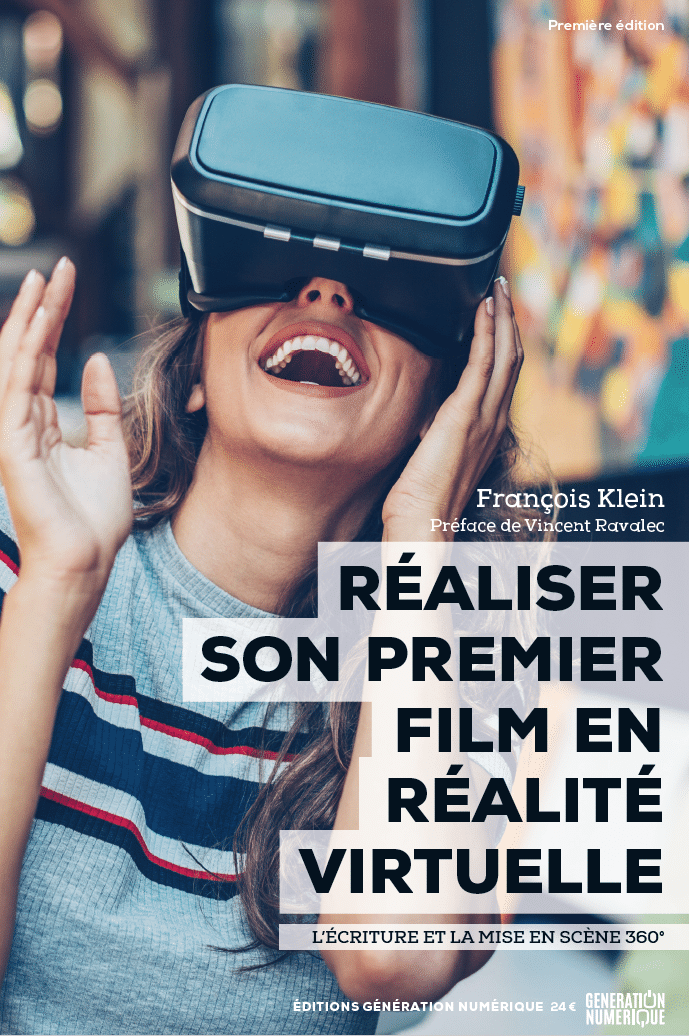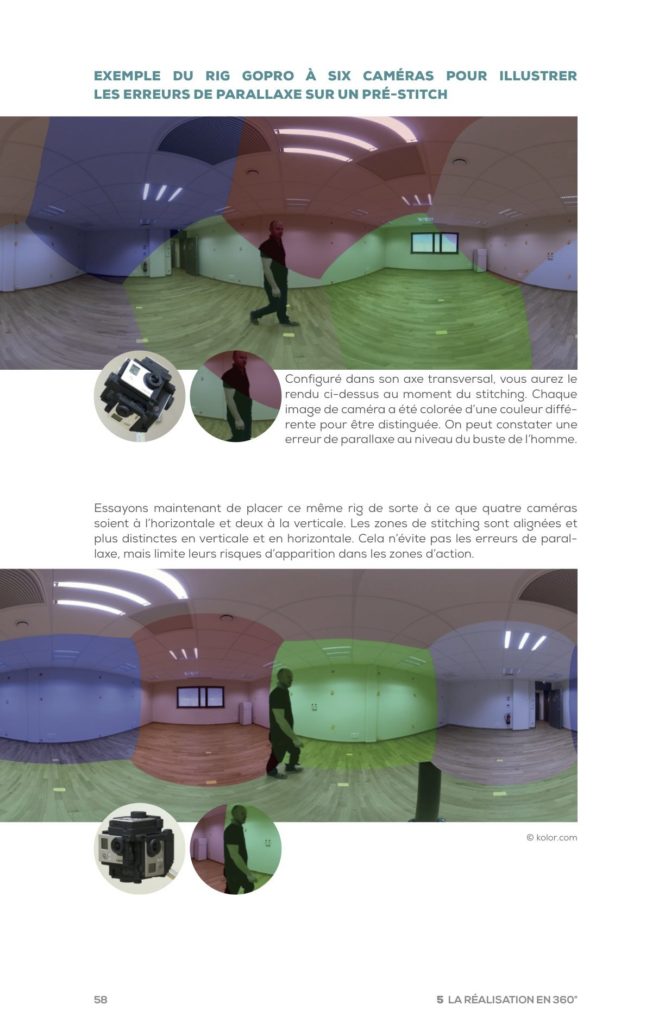VR Storytelling: C’est Comme Ça
The man behind the Paris-based production company Digital Rise, François Klein, found himself first piqued by VR and 360 movies back in 2013. He immediately set out experimenting and looking at different ways to play with camera placement or shooting perspectives to tell a story.
He took copious notes about his experiments until he had over 40 pages. One day in 2015, he was invited to participate in a round table about VR storytelling. It became immediately clear that there were a lot of questions about how to tell stories. And where to start.
Since his notes and experiments offered a lot of insight, and the round table indicated a thirst for answers, Klein decided to write his book, Réaliser son premier film en réalité virtuelle, because he wanted to share everything he discovered. With so many different steps of production and creation, Klein opted for something like “a tutorial from script to show.” Klein says “it covers everything from VR storytelling, to scriptwriting, staging, directing the camera to which kind of camera you should use, post-production process, even encoding.”
the right ask
“What is the first question newbies ask? “Generally, it’s always ‘What kind of camera should I get?’—which is the wrong question!” Klein feels every person wanting to get started with VR should ask “What story do I want to tell?”

Klein elaborates, “If you think how they shoot a classic film for one single movie, you will not use just one camera. For VR, you can also use different cameras, maybe two or three, depending on the location, the space, or the lighting. You do not have to shoot the scene in full 360. Maybe 100° would be enough and you take just pictures of the background and stitch everything and it’s fine. Will the movie be flat, or 360 or stereoscopic–all these have different techniques–but these decisions can only be answered in relationship to the script. The first thing is the story.”
For an Out of Body Experience
And how do you select a story? Klein has been receiving a bevy of scripts recently. One theme continually pops up: female harassment. To get men to understand what it feels like to walk down the streets and hear whistles and wolf calls, scripts are repeatedly featuring embodiment. According to Klein this is a highly ineffective approach. “Most of the time, like 90% of the time, character embodiments, and especially embodiment of the character at the center of the story, doesn’t work—it is a subjective point of view.”
Klein believes in the time-tested method. “We have like 100 years of cinema history that teach us that we feel emotion when we have empathy for the characters.
And the best way to develop empathy for characters is to watch them. When we see the emotions of a character, when they suffer, for example, we feel it too. It is the same process for VR.”
Much has to established–almost in seconds–about the character. Who is this character? What is the role in the story? There are many questions that have to be sorted out from the get go. Klein explains, “If you don’t answer these questions from the very first image, it will distract viewers. They will stay busy trying to work it out in their minds during the rest of the story, whether consciously or unconsciously, and it will take the viewer out of the story.”

Playing an embodied character also blocks the viewer for experiencing other possibilities or character interactions between the story. Klein feels the meta-view gives the audience a more holistic–and satisfactory–engagement.
The Deal with Your Audience
Also, Klein feels that you have to be consistent with your story. “You have to decide from the beginning if you are going to tell a linear or interactive story. Once you decide, you cannot change this.” It is a moral contract with audience, says Klein. You cannot surprise them with a switch.
The “moral contract” is important to Klein. For him virtual reality does not create immersion, rather immersion is a feeling of being immersed as a result of the story. “The story (and characters) cause an emotion, and once these emotions happen, the viewer leaves the real world. For me, this is the best.” Multiply that by the fact that the brain thinks that what you see, and what you feel is the real world—but it’s not. It is one reason Klein is not a fan of the horror genre in VR. Terror is exaggerated and overwhelming—not a good, or possibly even ethical, way to produce emotion.
Directors need to think about the audience viewpoint so they are not overpowered by characters that are too close. Understanding the camera placement dictates how much intimacy is between the viewer and the characters. Too big or too close can have adverse effects and make the viewer feel awkward or invaded. “It is not considerate towards the viewer,” Klein says, “directors must take the viewers’ personal space into account when they set up cameras.”

Technical Tip
In terms of cameras, Klein did have a technical discovery of late. He has been pleased with the combination of Google cameras, optical flow technology and the Jump platform. “It saved me a lot of time in post-production—like 80% of my time stitching.” The time saved could be spent for more complex stitching processes.
François Klein is currently updating Réaliser son premier film en réalité virtuelle for a second-edition. No word if an English version is far behind.





